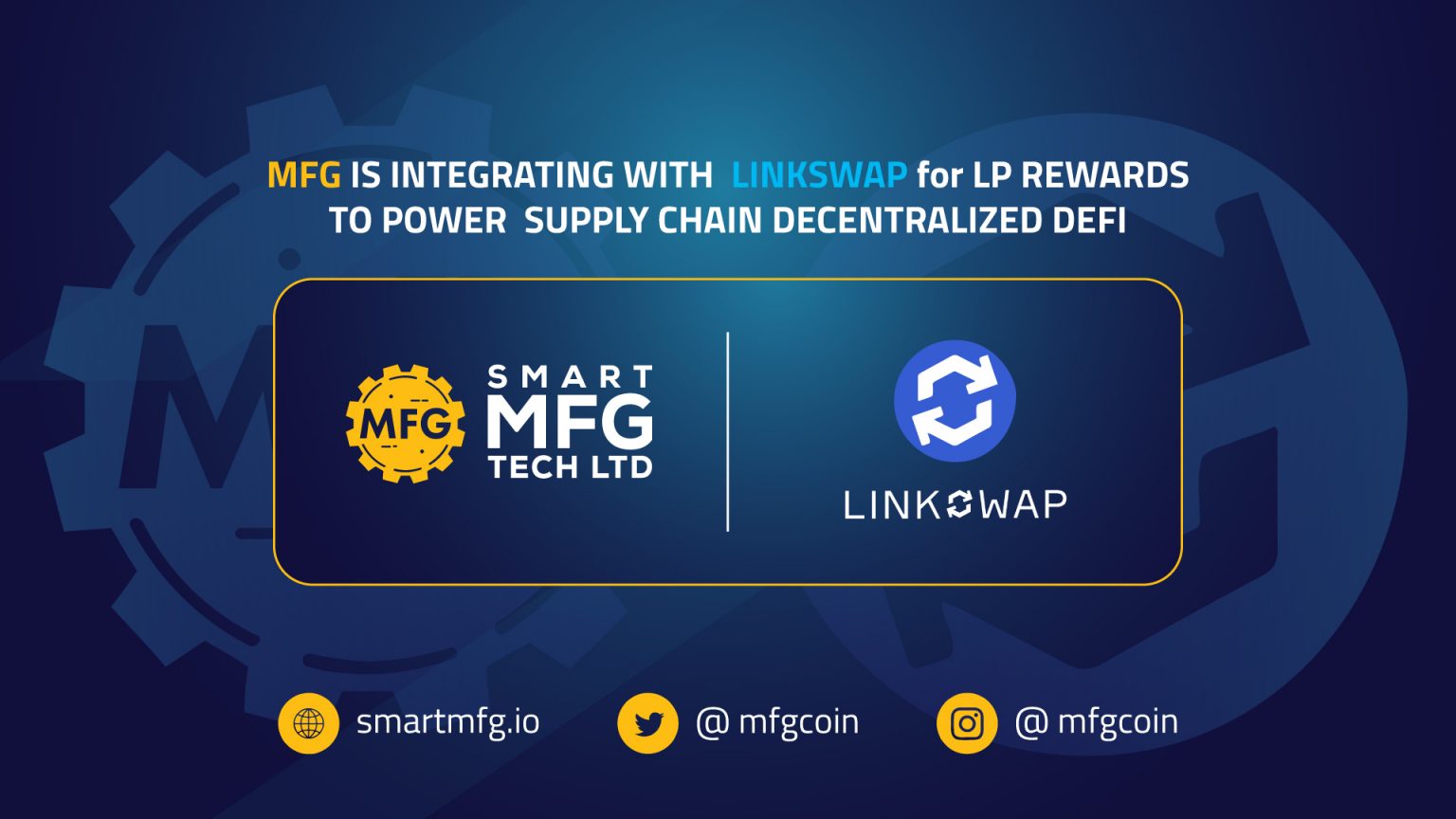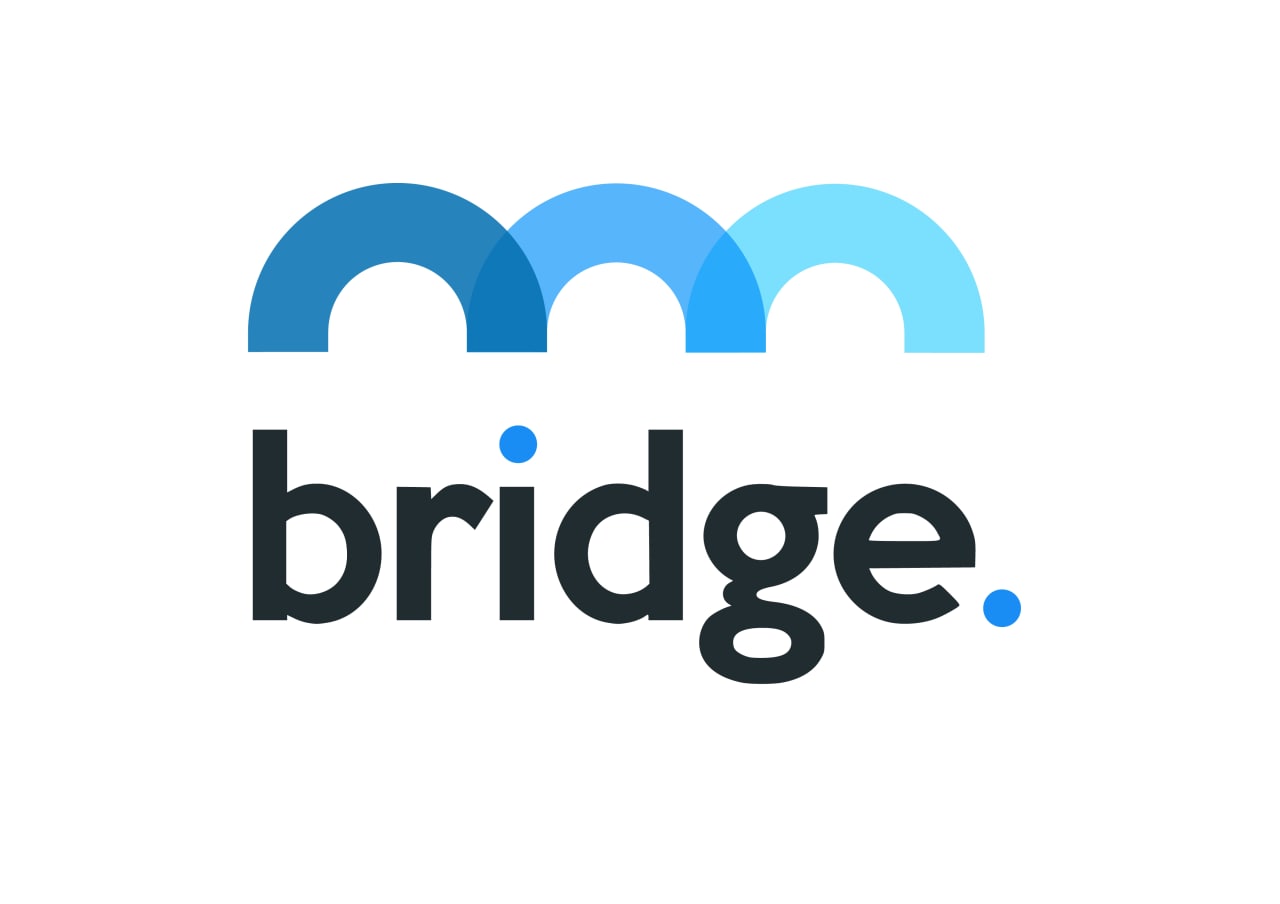Currency Market
The casualties of the Bitcoin Cash wars

Bitcoin Cash came to life as a fork from the original Bitcoin cryptocurrency last year (August 1st, 2017). The point of the fork was to increase Bitcoin’s size limit. The Bitcoin Cash community has remained somewhat contentious since it was formed so, it’s no surprise that disagreements came about.
This November 15th, Bitcoin Cash experienced yet another fork. This came as a result of a rivalry between two factions in the community (if you can call it a community). Roger Ver and Jihan Wu lead a fraction of users that wanted to maintain the block size at 32MB.
On the other corner were Calvin Ayre and Craig Wright (who’s proclaimed himself to be none other than Satoshi Nakamoto). This second camp wanted to increase the block size to 128 MB. Each party called itself “Bitcoin ABC” and “Bitcoin SV”, respectively.
Incidentally, this doesn’t help Wright’s case of be Satoshi Nakamoto, as he assures. If you really are the man behind Bitcoin, then why did you fork it twice? Didn’t you trust your work the first time? Anyway…
So the split went on. It’s been known in the cryptosphere as “Bitcoin Cash hard fork,” and it’s created a mess.
The fork created a hashing war. Both camps started competing among themselves (and with Bitcoin, the real one) to attract miners. They also wanted to be able to change the software in the way it suited them, get better developers and affect the coin’s price.
It’s been a destructive war. In a year that was already bad for the crypto market, things really went down the day before the fork happened (and many neutral observers are convinced that the fork itself was the cause). The market dropped seriously on November 15th.
Then it dropped again, even more seriously on the following weekend. The Bitcoin Cash war didn’t damage just the Bitcoin Cash project and currency (more on that later) but it may have damaged the crypto markets as a whole and for a long time.
But as bad as it’s been for every cryptocurrency, it’s been worse for Bitcoin Cash. Before the hard fork, it was trading at about 600 USD. As we write this, Bitcoin Cash ABC is at $214, and dropping; Bitcoin SV is at $131 (and that’s after rising quite well in the last 24 hours).
So the fork has taken away a lot of the token’s value. As things stand, both of Bitcoin Cash’s bastard children are spending a lot more money in mining than they can get from selling tokens. So, in many ways, the main casualty from the Bitcoin Cash hash wars have been the two new versions of Bitcoin Cash.
Bitcoin SV stands for “Bitcoin Satoshi’s Vision,” and it’s lead by Craig Wright. At this point we could ask ourselves, was Satoshi’s vision to render a useful coin valueless, useless and use an ego fight to wreak havoc in the crypto markets all over the world? We can’t answer that question. But Craig Wright should be able to answer because, after all, he thinks he is Satoshi.
For real-time trade alerts and a daily breakdown of the crypto markets, sign up for Elite membership!
Disclaimer: This article should not be taken as, and is not intended to provide, investment advice. Global Coin Report and its affiliates, employees, writers, and subcontractors are cryptocurrency investors and from time to time may or may not have holdings in some of the coins or tokens they cover. Please conduct your own thorough research before investing in any cryptocurrency and read our full disclaimer.
Image Courtesy of Pixabay.
Currency Market
Smart MFG Tech Announces its First Liquidity Mining Rewards Program on LINKSWAP

Manufacturing Industry 4.0 company Smart MFG Tech has announced that it is launching its MFG Liquidity Mining Rewards on LINKSWAP today. LINKSWAP is a decentralized, community-governed Decentralized Exchange (DEX) and an AMM platform, which was created by YF Link (YFL). The team at YF Link says it aims to address “the pain points of second-generation AMMs” by offering such features as Reduced Impermanent Loss, RugLock, SlipLock that are not offered by other platforms.
Smart MFG Tech has said that the first integration of the MFG liquidity mining rewards will use the LINKSWAP LP (Liquidity Provider) Rewards service. It will allow LPs to deposit their LP token(s) (UNI-V2) to the participating rewards pool (ETH|MFG) and earn MFG rewards seamlessly. Smart MFG said it will continue to work with the YF Link team to provide support for other pairs and expand services.
LINKSWAP’s Rewards is a liquidity mining service that enables LPs to earn rewards for providing liquidity in a participating pool. YF Link has implemented a custom frontend solution for Smart MFG LP rewards pool on LINKSWAP. This will allow LPs to add liquidity to Smart MFG’s existing ETH|MFG pool on UniSwap v2 and deposit their LP token(s) (UNI-V2) to their LINKSWAP rewards pool (ETH|MFG).
Smart MFG explained how the rewards can be earned:
“LPs get a share of the transaction fees on Uniswap v2. This is calculated by how much liquidity is provided relative to the percentage…
Currency Market
Building Your Nest Egg Brick By Brick: Are Micro-Investments Here to Stay?

No matter what our goals are, sometimes just getting started can be the most difficult part of building our savings up. When it comes to investing, many of us are wary of parting with our money to generate more financial security in the future. But what if you can build significant savings without even noticing?
That’s the aim of the micro-investing apps that have come to dominate online stores across Android and iOS. Today, more fintech startups are working on delivering refined solutions that encourage minuscule investments at a more frequent rate.
Micro-Investing apps will look to make saving more accessible to young people – many of whom in the UK have little-to-no money tucked away for a rainy day.
However, the prevalence of money-saving technology and the disruptive chaos of the COVID-19 pandemic appears to have prompted a widespread increase in households saving more of their disposable income:
With micro-investing platforms playing a role in bringing UK household savings back up to five-year highs, is it fair to say that little-by-little investing is here to stay? Let’s take a look at how micro-investment platforms could revolutionise how we manage our finances:
What is Micro-Investing
Micro-investing, or sparse change investing, is a relatively new development in fintech. It effectively enables users to put away small amounts of money towards their long, or short, term goals. The idea…
Currency Market
Decentralized Insurance Platform Bridge Mutual to Launch BMI Token on Polkastarter

Bridge Mutual, a decentralized platform that allows users to insure stablecoins, has announced that its native BMI token will be launched on Polkastarter tomorrow, January 30. The Polkadot’s decentralized exchange will host an Initial DEX Offering (IDO) for Bridge Mutual.
“Even the most sophisticated digital asset investors are at risk of losing their funds through various malicious and negligent activities in the blockchain ecosystem. With Bridge Mutual, we believe it doesn’t have to be this way. Using Bridge, people can control the risk exposure of their digital asset investments, just as they do with real-world assets. The Bridge Mutual platform allows people to offer and purchase coverage in a decentralized p2p way. We’re excited kickstart the launch of the BMI ecosystem with a launch on Polkastarter and creating a better way of protecting digital assets for users all over the globe,” Bridge Mutual CEO Mike Miglio said in a statement.
Bridge Mutual allows users to buy and sell insurance for smart contracts, stablecoins and crypto exchanges, peer-to-peer. Users can purchase insurance via the Bridge Mutual app and then file a claim if their digital assets are lost after a hack. “When users lock stablecoins in Bridge Mutual’s coverage pools, those funds are reinvested into popular (and safe) yield generating platforms that return yields to coverage providers. When a claim is approved, stablecoins from the coverage pool goes…
-

 Blogs6 years ago
Blogs6 years agoBitcoin Cash (BCH) and Ripple (XRP) Headed to Expansion with Revolut
-

 Blogs6 years ago
Blogs6 years agoAnother Bank Joins Ripple! The first ever bank in Oman to be a part of RippleNet
-

 Blogs6 years ago
Blogs6 years agoStandard Chartered Plans on Extending the Use of Ripple (XRP) Network
-

 Blogs6 years ago
Blogs6 years agoElectroneum (ETN) New Mining App Set For Mass Adoption
-

 Don't Miss6 years ago
Don't Miss6 years agoRipple’s five new partnerships are mouthwatering
-

 Blogs6 years ago
Blogs6 years agoEthereum Classic (ETC) Is Aiming To Align With Ethereum (ETH)
-

 Blogs6 years ago
Blogs6 years agoCryptocurrency is paving new avenues for content creators to explore
-

 Blogs6 years ago
Blogs6 years agoLitecoin (LTC) Becomes Compatible with Blocknet while Getting Listed on Gemini Exchange















